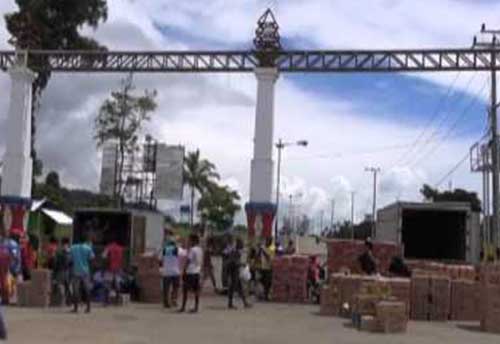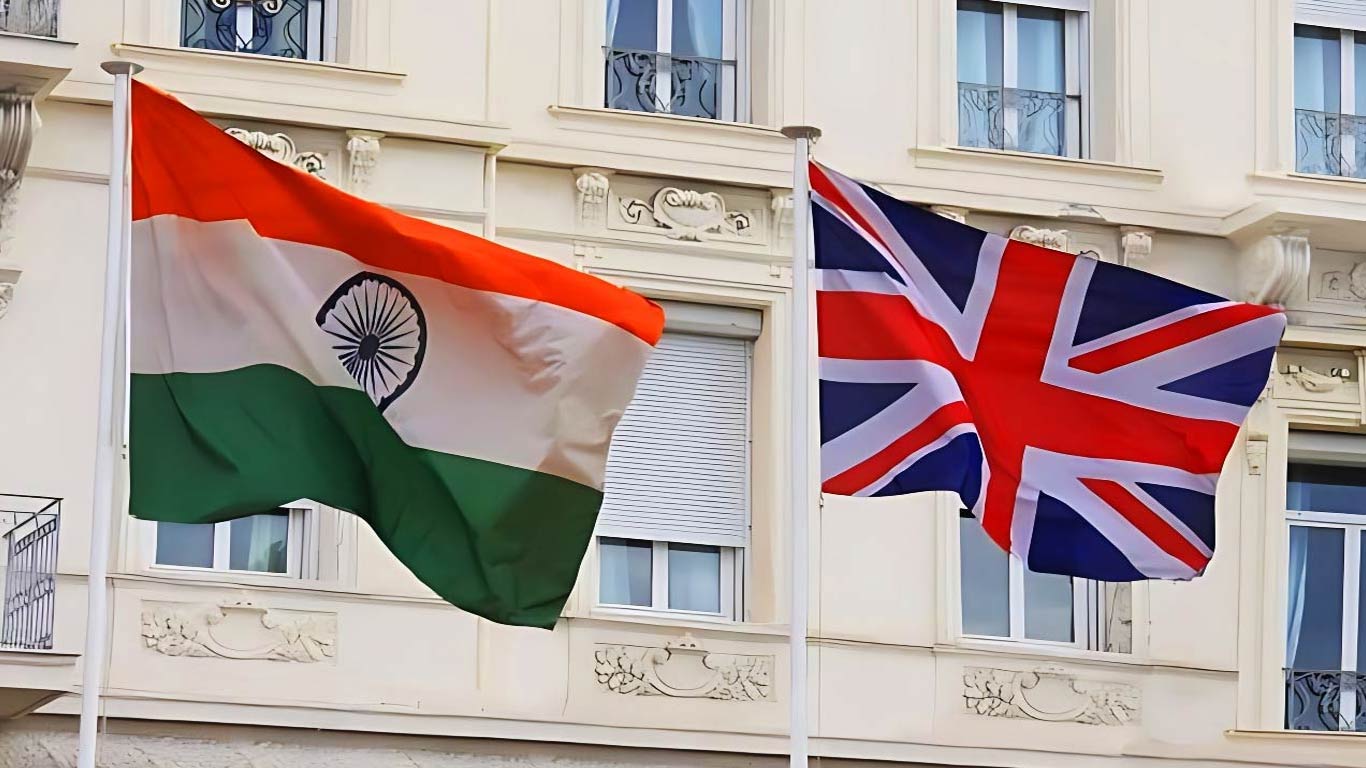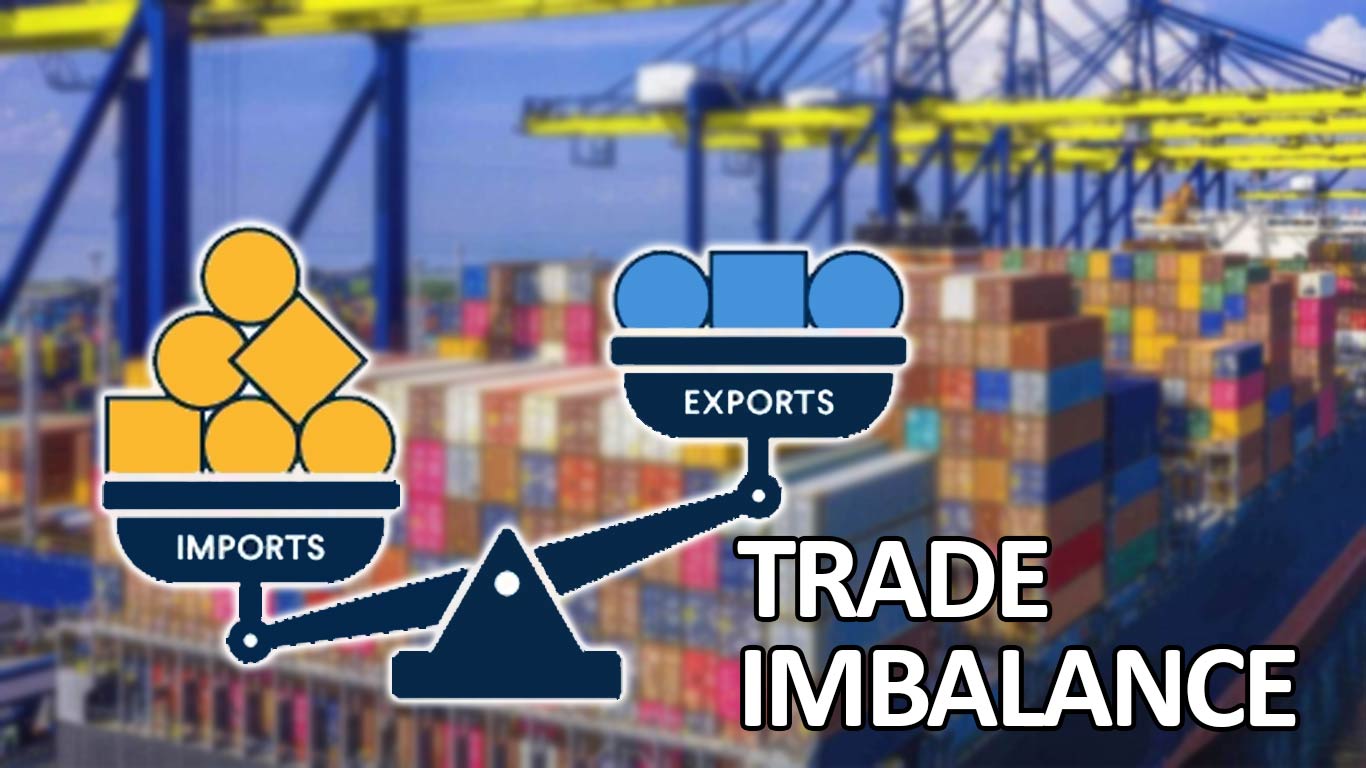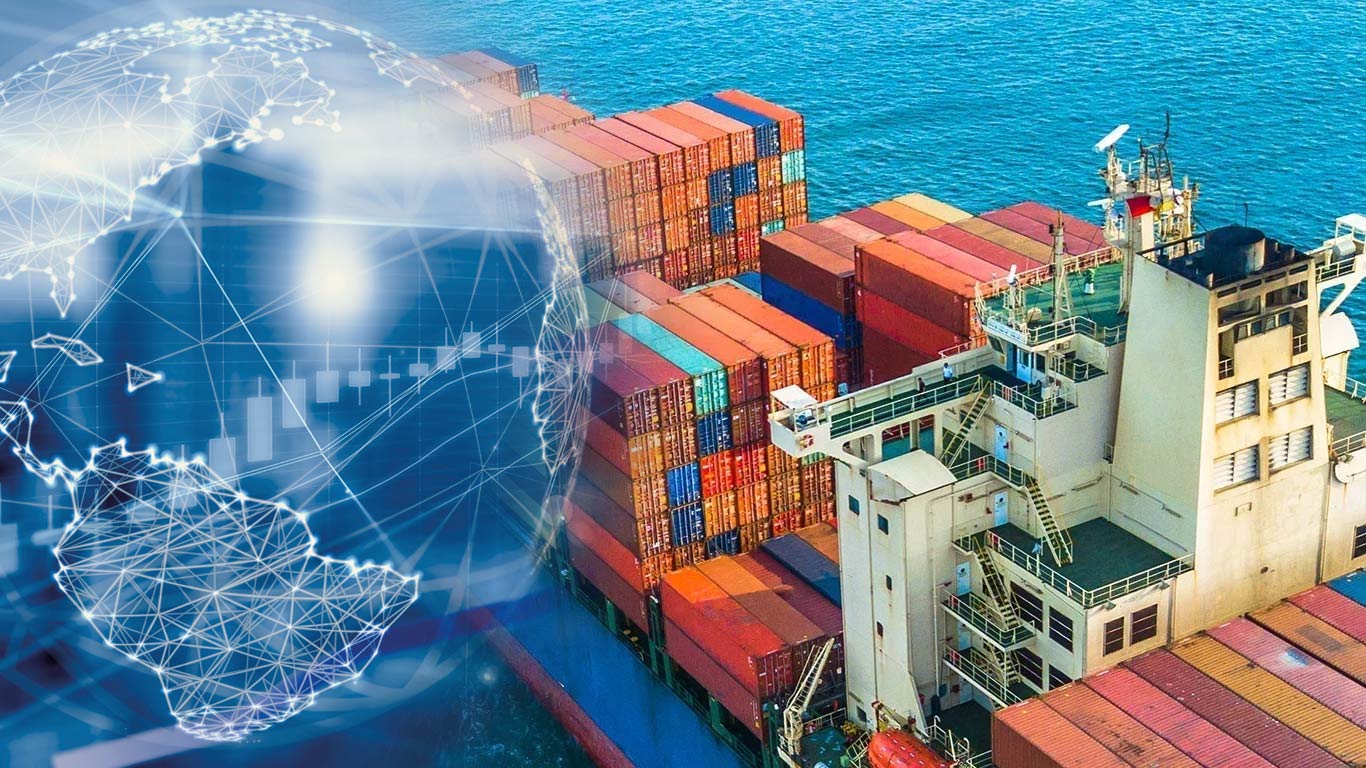Border trade crucial for India’s ‘Act East’ policy, says Commerce Secretary
Updated: Jun 16, 2016 06:54:07am

Border trade crucial for India’s ‘Act East’ policy, says Commerce Secretary
New Delhi, June 16 (KNN) Border trade between India and Myanmar through the land routes has seen a paradigm shift from Barter to Normal Trade and also abolishing the list of items restricted until recently. This effectively means that now India and Myanmar trade through the border can take place under the DFTP and AITGA, said Commerce Secretary Rita Teaotia.
Teaotia said this while launching a study called ‘Enhancing India-Myanmar Border Trade: Policy and Implementation Measures’ conducted by Ministry of Commerce and Industry and Research and Information System for Developing Countries (RIS).
While addressing the event Teaotia also underscored the need for making trade an instrument for achieving developmental objectives in the border areas through employment generation. Investment in infrastructure on both sides was highlighted as an essential prerequisite for trade.
She said, “Myanmar has the distinct potential to serve as a land-bridge between India and South-east Asian region.”
A distinguishing feature of India’s border trade with Myanmar and normal trade is that, in case of border trade both import and export growth exceed growth rates in overall bilateral trade, said Ravi Capoor, Joint Secretary in the Ministry of Commerce and Industry.
He amplified on the role of integration with Myanmar for development of Myanmar and also accessing ASEAN and other markets which Myanmar has preferential access.
He further emphasized that it is time that we adopt a ‘fast-track’ approach to implement policy recommendations that could address the constraints acting upon border trade in particular and development of the region in general.
It is in this context that the Ministry’s study, which is prepared by Dr. Ram Upendra Das, an economist and professor at RIS, presented its analytical and empirical basis for enhancing India-Myanmar Border Trade.
He argued that one of the reasons for less than optimum levels of economic activities in the region under consideration and the low quantum of border trade is absence of peace in the region along with other constraints.
He said, one of the mechanisms to increase border trade are the Border Haats that play a facilitating role of enabling local trade and increasing people-to-people contacts and promoting the well-being of the people in areas of difficult access across the borders of two countries.
This is done through establishing a traditional system of marketing the local produce at local markets at the border. After realising the requirements of communities residing near the border, the two countries took the decision to set up the Border Haats. Currently, the authorities have agreed upon 10 locations to be set up as Border Haats.
Overall, to increase border trade which can be conducted in an unfettered way as ‘normal trade’ actions focusing on laboratory testing at border, warehousing and storage facilities, certificate of origin related facilities, integrated check posts, border haats, trade promotion activities and most importantly improving banking facilities and bridging information gap need to be stepped-up along with focusing on security situation in the region. (With PIB Inputs)











